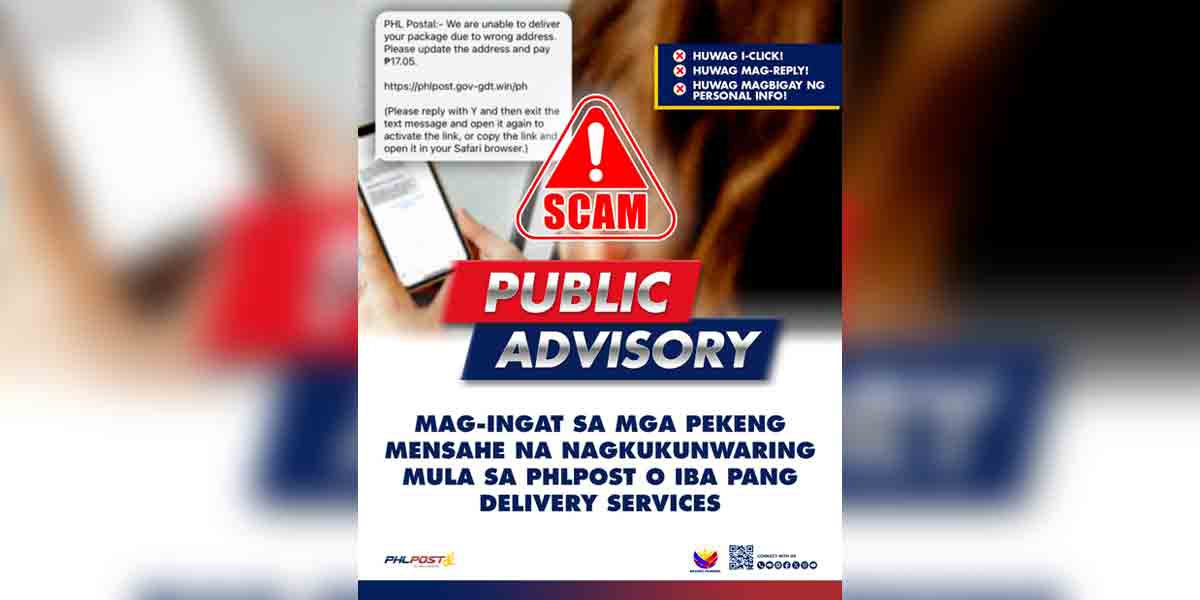By Artchil B. Fernandez
New year, new surge. The first week of 2022 greeted the country with the fourth surge of infections and record-breaking numbers of Filipinos getting the Covid-19 virus. The new spike in infections is reminding Filipinos the pandemic is far from over.
This week, daily cases of infection were broken four times. On January 8, 2022 daily cases of infection reached 26,458 breaking the 26,307 daily cases recorded on September 11, 2021. The following day the record was breached when 28,707 Filipinos contacted the virus only to be broken again the day after when cases reached 33,169. Last January 13, 2022, the highest number of Filipinos infected with SARS-CoV-2 in a day was recorded at 34,021. The three million mark was already crossed with 3,092,286 Filipinos infected as of this writing and 52,736 of them died.
The current surge of the pandemic is driven by the latest variant of Covid-19 virus, omicron. This variant was first detected in South Africa in the fourth quarter of 2021. Omicron is more transmissible compared to the Delta variant responsible for the surge in the third quarter of last year. The US Centers for Disease Control and Prevention (CDC) finds that increases in infections driven by omicron “are most likely due to a combination of two factors: increased transmissibility and the ability of the variant to evade immunity conferred by past infection or vaccination (i.e., immune evasion). Though the precise contribution of each of the two factors remains unknown, a substantial degree of immune evasion is likely as has been demonstrated in early in vitro studies.”
High transmissibility of omicron explains the dramatic increase of cases in the first week of January 2022. On December 21, 2021, the country had its lowest daily cases of infection in more than a year at 168. Ten days later, daily cases jumped to 2,961. The first omicron case was reported on December 15, 2021. The sudden increase can be attributed to omicron and it is now the dominant variant in the country after the Department of Health (DOH) reported 60 percent of sequenced Covid-19 samples positive for the omicron variant.
The rapid rise in Covid-19 cases in Metro Manila forced the government to revert the metropolis to Alert Level 3 from Alert Level 2. The sudden increase in infections created panic buying among the populace in the National Capital Region (NCR) of over-the-counter drugs for flu. Many residents of the region are getting sick either from regular flu or Covid-19. Contributing to the mass anxiety is the similarity of the symptoms of the two and people are unsure which one they got.
Testing centers are getting overwhelmed in the NCR with high number of people flocking to them. The positivity rate is also high (52 percent) which means that one in two persons tested has Covid-19. Also noted is the high number of children getting the virus as infections usually occur in families.
The omicron onslaught is not only confined in the NCR. Several provinces and cities around the country have also seen dramatic rise in daily infections and the number of regions placed under Alert Level 3 is also increasing. This is an astounding development considering that in the last two months of 2021 the situation in the country greatly improved it was almost back to pre-pandemic days.
Sudden relaxation of restrictions may have exacerbated and accelerated the exponential growth of infections in the country. High mobility combined with high transmissibility of omicron drove the numbers astronomically up. This is the problem when the government prematurely loosened restrictions almost opening wide open the economy.
When the delta surge ebbed, the government dramatically eased restrictions allowing people to go out with economic recovery in mind. The NCR and the rest of the country were placed under Alert Level 3 for only two weeks and in the last two months under the more relaxed Alert Level 2. But the reality on the ground is, people act and behave as if the pandemic is over and authorities let them be.
Malls were full of people including children and senior citizens. Physical distancing was almost forgotten, and many people were not wearing masks or wearing them improperly. Parties and mass gatherings exploded and mushroomed in communities. It’s like people were suddenly released from long confinement and were making up for the lost time. Caution was thrown to the wind.
Now the country is reaping the whirlwind of its reckless decision. The pandemic returned with vengeance. The only silver lining in the current surge is a high majority of those infected with omicron are asymptomatic or with mild symptoms and only few are severe and critical cases. But this does not make omicron less deadly. The high number of infections can overwhelm the health care system and many can still die.
The current omicron onslaught is telling us the Covid-19 pandemic is far from over. It once again exposed the enduring incompetence as well as the wrong priorities of Du30 and his administration in handling the pandemic. Mass testing and contact tracing are still problematic as the country enters the third year of the pandemic. Wealth remains the paramount concern over health and the present administration has no qualm sacrificing lives so the economy (i.e., big business) can recover or gain profit.
Ordinary Filipinos have no choice but to ride out the fourth wave of the pandemic. The present surge is once again telling Filipinos that leadership matters in times of crisis. Bad leadership led to messy handling of the health crisis causing many to lose their lives. Good leadership manages the pandemic well leading to minimal losses and deaths.




















